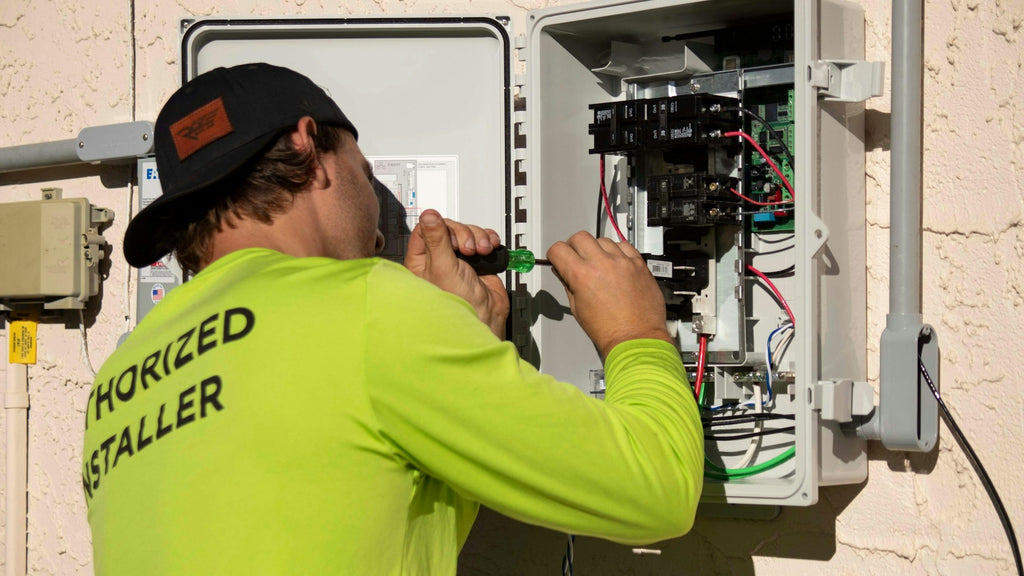Solar inverters play a crucial role in converting the direct current (DC) generated by solar panels into alternating current (AC) for household use. However, like any technology, they can encounter issues. Understanding solar inverter troubleshooting: 8 common problems and easy solutions can help you maintain your solar energy system effectively.

1. Inverter Not Turning On
One of the most common problems is when the inverter fails to turn on. This could be due to a blown fuse, tripped circuit breaker, or a malfunctioning switch. If the inverter does not respond, check the power supply and reset the circuit breaker. If the issue persists, consider consulting a professional.
2. Low Power Output
Sometimes, the inverter may operate but produce less power than expected. This can be caused by shading on the solar panels, dirt accumulation, or faulty connections. Regularly inspect your solar panels for obstructions and clean them to ensure maximum sunlight exposure.
3. Overheating
Overheating can lead to inverter shutdowns. Ensure that the inverter is installed in a well-ventilated area and not exposed to direct sunlight. If overheating continues, it may indicate a more serious internal issue that requires professional attention.
4. Error Codes Displayed
Modern inverters often display error codes to indicate specific issues. Refer to the user manual to decode these messages. If you encounter persistent error codes, it may be necessary to reset the inverter or contact customer support for assistance.
5. Flickering or Dimming Lights
If you notice flickering or dimming lights in your home, it could be a sign of inverter problems. This may indicate that the inverter is struggling to supply adequate power. Check the inverter's performance and consider consulting an electrician if the issue continues.
6. Ground Faults
Ground faults can occur when there is an unintended path between the electrical system and the ground. This can lead to safety hazards. If you suspect a ground fault, it is essential to turn off the inverter immediately and seek professional help.
7. Communication Issues
Inverters often communicate with monitoring systems to provide performance data. If you experience communication issues, check the connections and ensure that the monitoring system is functioning correctly. Restarting the inverter may also resolve temporary glitches.
8. Inverter Age and Wear
Finally, consider the age of your inverter. Most inverters have a lifespan of 5 to 15 years. If your inverter is nearing the end of its life, it may be time to consider a replacement. Regular maintenance can extend its lifespan, but wear and tear are inevitable.
Conclusion
Understanding solar inverter troubleshooting: 8 common problems and easy solutions is essential for maintaining the efficiency of your solar energy system. Regular inspections and timely interventions can prevent minor issues from escalating into major problems. For more detailed guidance, visit the solar inverter troubleshooting guide.







